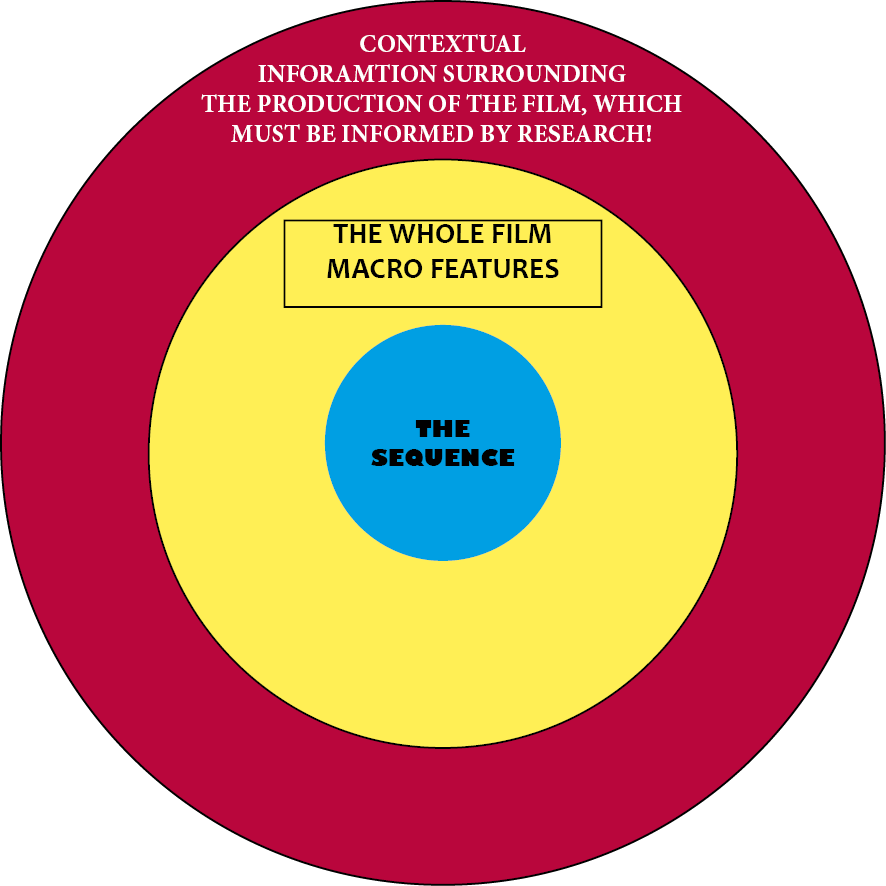There are three key areas to any textual analysis essay:
- Micro Features Analysis (within your chosen 5 minute sequence)
- Macro Features Analysis (within the whole film)
- Cultural Context Analysis (the wider significance surrounding the film / content)
We have two weeks to review what we already know and fill any gaps in your understanding and application.
Essential Macro Features
- Genre
- Narrative
- Representation
The Feynman Technique
If you can’t explain it simply, you don’t understand it well enough.
Resources
The class will be working in two halves and each of those halves will have one of the terms to define and apply. Follow this link to the slideshows that you will be working on.
Task 1
- Using the Feynman Technique to define what is meant by one of these terms and how they can be used to analyse a film.
- Define and explain the concept simply in one slide of your shared slideshow.
- You should use the blog to help you.
Task 2
- In pairs or threes discuss one of these ideas to, 28 Days Later (2002) Boyle.
- Evaluate and analyse 28 Days Later using that macro feature.
Task 3
Embed the slideshow into: reflective journal>exploring film>28 Days Later

